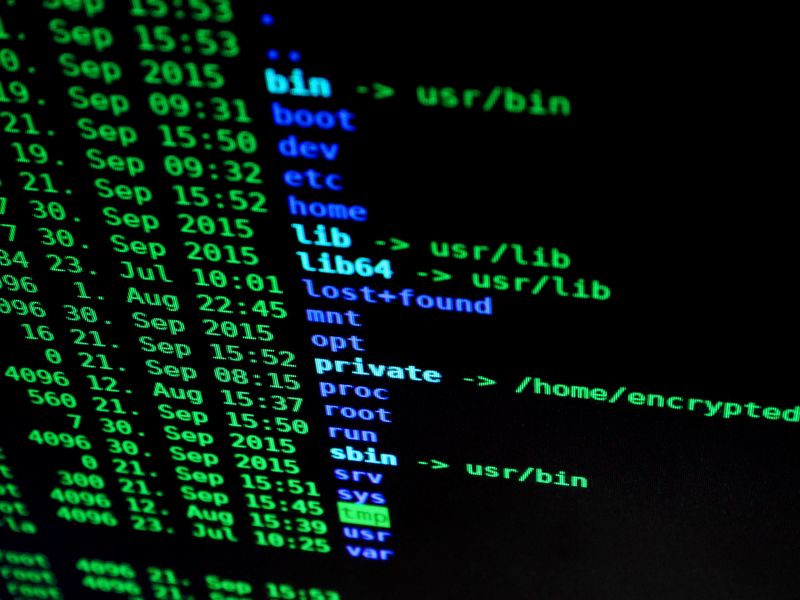The Importance of Effective Security Data Analytics for SecOps Teams
The Challenge of Utilizing Security Data Analytics
Security operations (SecOps) teams play a critical role in protecting organizations from cyber threats. However, one area where many SecOps teams struggle is in effectively utilizing security data analytics. An effective SecOps data analytics program enables teams to monitor their environments for signs of compromise and proactively defend against potential attacks.
According to Mike Rothman, general manager at Techstrong Research, systematic aggregation and analysis of security data is essential for understanding the biggest threats to a business. Unfortunately, many organizations fail to even perform the basic steps needed to extract valuable insights from their data, leaving them vulnerable to cyber attacks.
The Overabundance of Data Sources
Paradoxically, the challenge faced by SecOps teams is not a lack of data but rather an overwhelming amount of it. With numerous security tools and data sources, it becomes difficult for teams to sift through the vast amount of information to identify the most pressing threats.
Anton Chuvakin, security advisor at the office of the CISO, Google Cloud, highlights the struggles faced by SecOps teams due to “alert fatigue” and the manual nature of their operations. Analyzing large amounts of data in a timely manner is essential, but it becomes increasingly challenging when data is sourced from disparate systems and tools.
The Secrets of Successful SecOps Data Analytics
To address these challenges, Dark Reading has published a special report titled “The Secrets of Successful SecOps Data Analytics.” This report delves into the important decisions that enterprises must make in order to effectively collect, analyze, and manage their security data. By implementing the strategies outlined in the report, SecOps teams can make well-informed decisions to proactively defend against cyber threats.
The Significance of Data Quality
A key takeaway from the report is the importance of obtaining high-quality data. SecOps teams can only be as effective as the information they base their decisions on. By ensuring the data is accurate, reliable, and relevant, teams can derive meaningful insights and respond swiftly to the actions of threat actors.
Managing Data Connections Across Systems
The report also emphasizes the need to maintain and manage data connections across on-premises and cloud systems. With organizations increasingly adopting hybrid and multi-cloud architectures, SecOps teams must have a comprehensive view of their security data. This allows them to identify potential threats and disrupt attacks before significant damage is inflicted on the organization.
Editorial: The Imperative of Adequate Security Data Analytics
In today’s fast-paced and ever-evolving threat landscape, effective security data analytics is not just a luxury but a necessity. Organizations of all sizes and industries must prioritize investments in the tools, technologies, and expertise required to collect, analyze, and make sense of the vast amounts of security data generated.
While the increasing volume and complexity of security data may seem overwhelming, it is crucial to tackle this challenge head-on. Failure to do so can result in missed threats, increased vulnerability, and severe financial and reputational damage.
SecOps teams should collaborate closely with IT and other relevant stakeholders to develop a comprehensive data analytics strategy. This involves evaluating and selecting the most suitable tools, implementing proper data management practices, and fostering a culture that values data-driven decision-making.
Conclusion
In conclusion, effective security data analytics is essential for SecOps teams to successfully defend against cyber threats. By prioritizing data quality, managing data connections across systems, and leveraging the insights gained from rigorous analysis, organizations can enhance their security posture and respond swiftly to potential attacks.
It is imperative that organizations recognize the importance of investing in their SecOps data analytics capabilities. Only by harnessing the power of data can organizations stay one step ahead of threat actors and safeguard their digital assets and reputation.
On a broader scale, the effective utilization of security data analytics is a testament to the ongoing need for proactive and collaborative approaches to cybersecurity. As the nature of cyber threats continues to evolve, organizations must adapt and evolve their strategies accordingly to protect themselves against these ever-present risks.

<< photo by Startaê Team >>
The image is for illustrative purposes only and does not depict the actual situation.
You might want to read !
- Cyber Dome: Harnessing AI to Safeguard Israel’s Digital Frontiers
- Cyber Espionage Unveiled: Examining Hamas-linked App and its Suspected Iranian Ties
- Harmonic Secures $7M Funding to Safeguard Generative AI Deployments
- The Rising Tide: Assessing the Future of Israeli Cyber Startups Amidst Mounting Geopolitical Tensions
- Kaspersky Unveils Cutting-Edge Security Solution for Containerized Environments
- The Future of Networking in the Cloud Era
- Empowering Developers: The Key Role of Security Teams in Shifting Left




